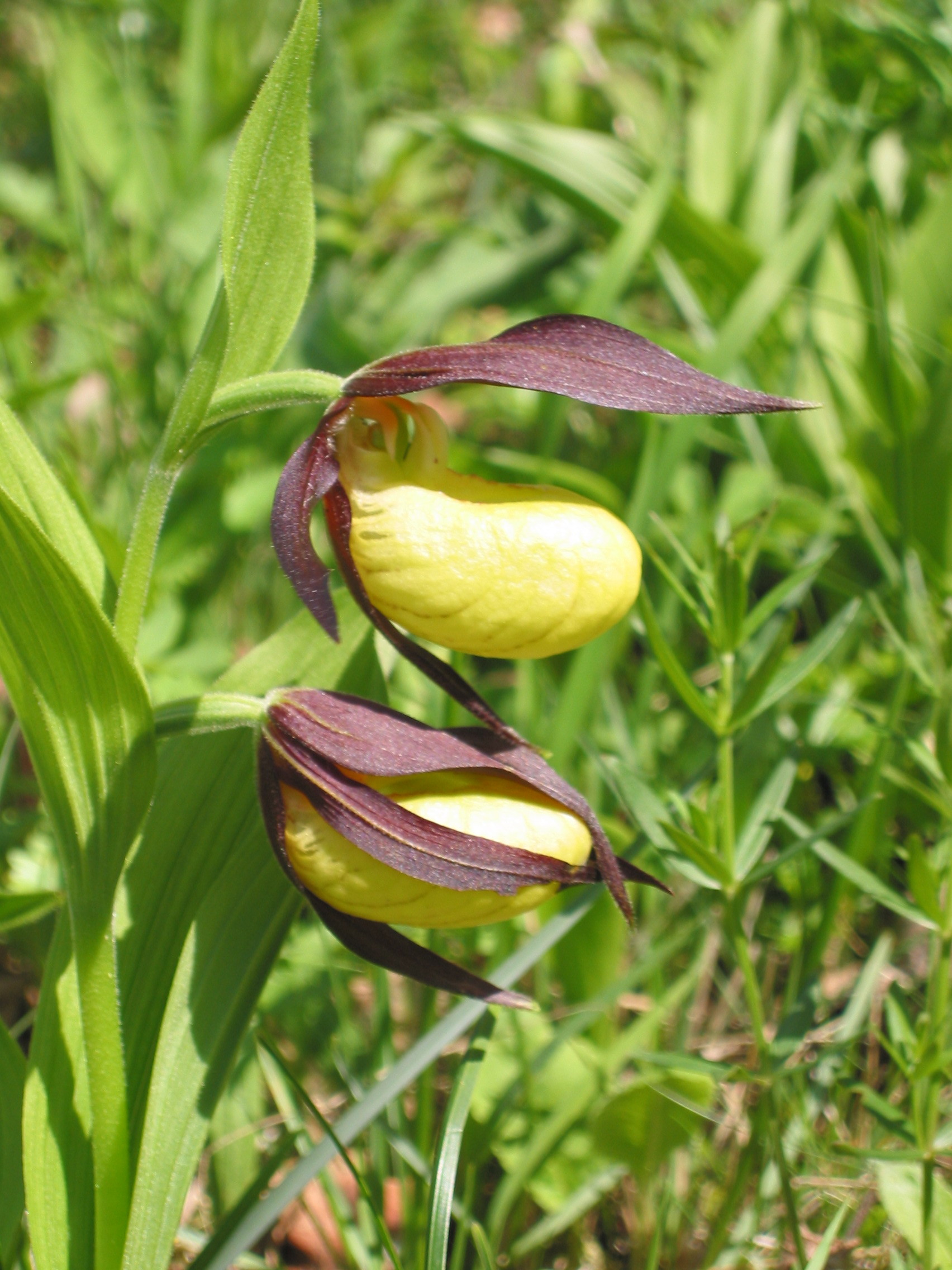Attacking the question of vegetative dormancy with COMPADRE
by Rob Salguero-Gomez on Apr 2, 2018Vegetative dormancy is the tendency that some herbaceous plants have to forego sprouting for one or more years at a stretch. It is a remarkably common condition among the terrestrial plants, having been found in over 20 plant families, and over 100 plant species. The real number is likely to be far higher, because our knowledge of its extent is limited by the availability of demographic studies documenting it. The mechanisms responsible are also not fully understood, and likely vary across plant species. The first studies to document dormancy that I am aware of go back at least to the 1940s, with work by Carl Olaf Tamm (Tamm, 1948). Carl was developing demographic studies of many European perennials and often noted that some individuals seemed to “disappear” for varying numbers of years from the aboveground population. In some cases, these absences were explained in terms of high levels of herbivory, while in others, no explanation was evident, except that the plants just did not seem to sprout. Intriguingly, these absences were most often noted in orchids, as in Carl’s work and later work by others (Hutchings, 1987; Tamm, 1956; Wells, 1967, 1981). This pattern led John Harper to note in his famous plant ecology textbook: “An odd feature of the depletion curves for the orchids is that the number of survivors appears to go up as well as down! Clearly the number of survivors can never increase. The explanation is that the orchids appear to be capable of disappearing from the above-ground population for a year, or perhaps two. …It may be that this habit is more common than we know” (Harper, 1977).

The yellow lady’s slipper orchid (Cypripedium calceolus), which grows throughout Eurasia, is a strongly dormancy-prone species of conservation concern.
Visions of undead plants aside, this particular quote by Harper hints at the crux of the issue with vegetative dormancy: just as the dead cannot go back to life, the dormant also cannot photosynthesize and (sexually) reproduce. Yet, there is a tendency to think of plants as lovely, green things that produce pretty flowers… except of course for those plants that cause us allergies and other inconveniences. Further, without reproduction, isn’t dormancy a time when evolutionary fitness drops (i.e. no reproduction!)? Dormancy therefore tests our own common sense, both because it forces us to acknowledge that plants are not necessarily organisms that need to produce leaves and photosynthesize, and because it makes us consider how exactly a seemingly maladaptive condition could be so common. Our recent paper in Ecology Letters is an attempt to understand dormancy in a way that might lead to answers (Shefferson et al., in press). Up until this study, studies of dormancy were typically demographic studies of one plant species, indeed typically just one population. Here, we developed our own large dataset of characteristics of these studies, and of the plant species and populations that were under investigation in each case. We strengthened this literature-based dataset with several tens of individual demographic datasets which we analyzed in a standardized way. These standardized analyses included generalized linear mixed model assessments of the impacts of size, reproduction, and sprouting on all vital rates estimable from each dataset, and covering not simply two year intervals (as is the case in virtually all plant demographic studies), but three, in order to better assess the impacts of individual history on vital rates. The three-year approach to analysis is one that I have worked with a great deal and find very useful, because it allows the exploration of the impacts of growth trajectories on vital rates, for example the impacts of large, rapid growth between two years on future survival or reproduction (Shefferson, Warren II, & Pulliam, 2014). We also estimated mean life expectancy, maximum (and median) dormancy duration, and the mean proportion of plants dormant per year, as well as a number of other metrics. This served as the raw material for an analysis of roughly 300 populations and over 100 plant species as to what sorts of patterns we could find in dormancy at the global level.


